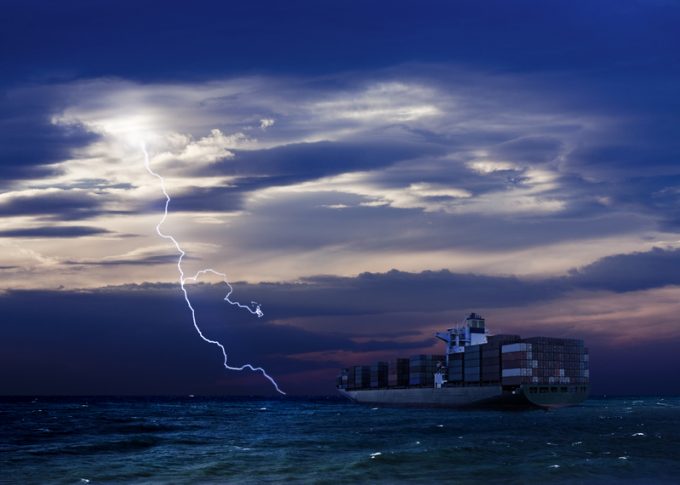Global shipping to shift as Europe and southeast Asia fill US gap in China trade
China is cultivating trade ties with Southeast Asia and Europe in the face of intensifying ...

Container lines are concerned about the deteriorating trading outlook for the second half of the year as tighter monetary policies dampen consumer demand.
A subdued peak season, followed by a lengthy slack period, prompting further rate erosion, will wreak havoc on the balance sheets of carriers ...
CMA CGM South Korean staff strike over bonuses after bumper 2024 profit
MSC switches two more Asia-Europe port calls from congested Antwerp
CMA airline returns two freighters, while ANA takeover of NCA looms
Nightmare for Bangladeshi exporters as congestion and tariffs bite
Tradelanes: Export boom in Indian sub-continent triggers rise in airfreight rates
Carriers introduce surcharges as congestion builds at African ports
Ports and supply chain operators weigh in on funding for CPB
Box ship overcapacity threat from carrier appetite for new tonnage

Comment on this article